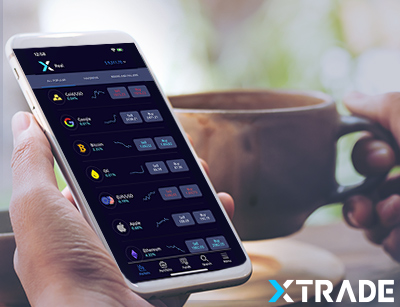Find Out All About Profitable Forex Trading Strategies
By Content-mgr - on December 17, 2015What is Forex
Forex is collectively the markets and institutions involved in the exchange of one currency for another. Learning what is forex and how to trade forex is a process like any other skill set for professional deployment. Discipline and analytic procedures are required to master forex trading strategies. Most critical is a methodical mindset capable of ruthless judgement on ferreting out undisciplined thinking and rationalization of illogical unprofitable behavior. Along with this is a requirement for a positive mindset that can iteratively return to issues for further reflection and new insights.
How to Trade Forex
To leave the ranks of amateurs and to graduate to the ranks of a profitable professional trader, you must devise a trading strategy and find a reliable forex borker. You must thoroughly follow and understand the underlying market and you must record and review your activity in an attempt to improve your approach.
For both your overall activity and the specific trade you are considering, have a strategy:
- Which pair are you most familiar and comfortable with. Here the issue is both familiarity and risk profile. How well can you handle price gyrations (volatility)? and how well do you understand the underlying economies and their relationship one to the other
- Decide on your time horizon, from day scalping, to open-ended short or long positions. This decision will greatly influence which market channel you choose, as rolling over positions on a nightly basis varies from not a significant cost element to the most expensive component.
- Set the exit price for your position and place stop orders to lock in gains (and control losses)
Study the Forex market to develop forex trading strategies through the tools available on forex broker sites. Learn how to use forex charts and signals. Among the more popular indicators are:
- Bollinger Bands — N-period moving averages (MA) with upper bands at X times the N-period standard deviation (SD) above the moving avg. (MA + Xσ) and lower bands at X times an N-period SD below the MA
- MACD — Moving average convergence divergence (MACD) is a trend-following momentum indicator that displays the relationship between 2 MAs of prices. The MACD is arrived at by subtracting the 26-day exponential moving average (EMA) from the twelve-day EMA. Within this definition, A 9-day EMA of the MACD, called the “signal line”, is then graphed on top of the MACD, acting as a buy and sell lead signals.
- Relative Strength Indicator — (RSI) The Relative Strength Index is an oscillator type indicator that moves up and down in response to movements in prices. Widely recognized as among the better indicators for valuing present market trend strength, the Relative Strength Index helps define 2 thresholds:
- A value of 30 or lower is translated as”oversold” and signifies a potential price rise.
- A valueof 70 or higher is translated as “overbought” and signifies a potential price fall.
- Simple Moving Average — A simple moving average is created from computing the average price of an instrument over a specified number of periods. Generally, moving averages are calculated on the basis of closing prices. A 20-day simple moving average is the twenty day sum of closing prices divided by 20. As per its definition, a moving average is continually redefined as time progresses. Old data is dropped as the recalculated period becomes relevant, causing the average to move along the time scale.
 First Deposit Bonus
First Deposit BonusFirst Deposit Bonus | Phone Verification | First Trade on us | Account Verification














